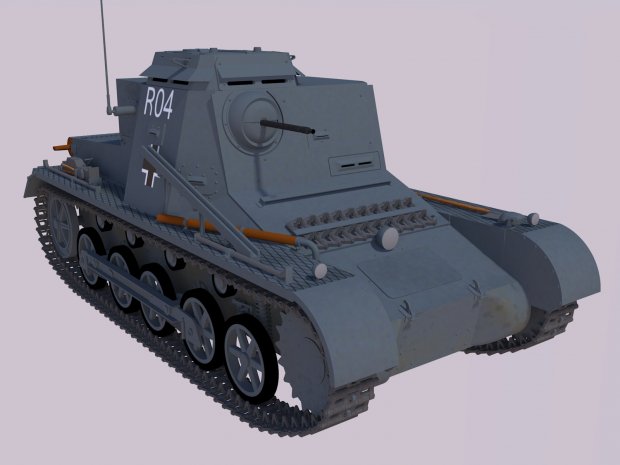

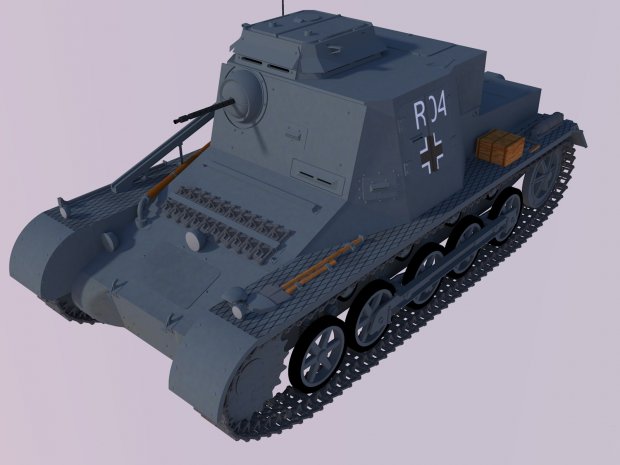
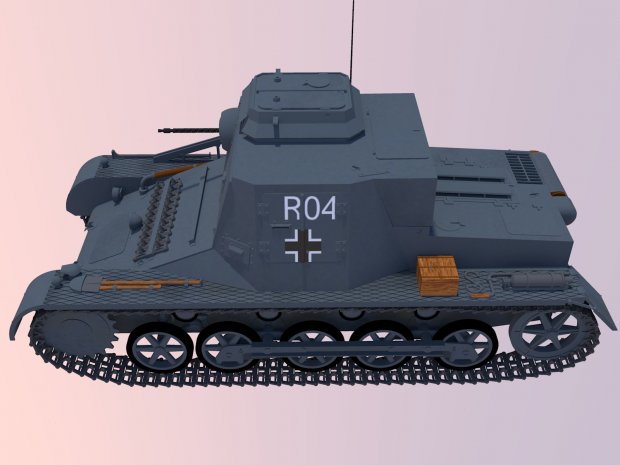
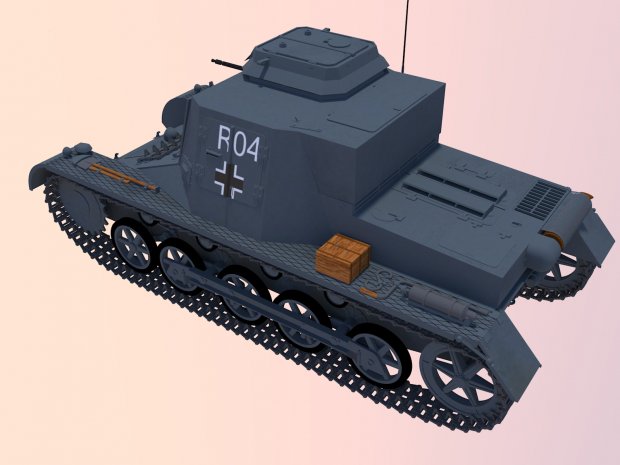
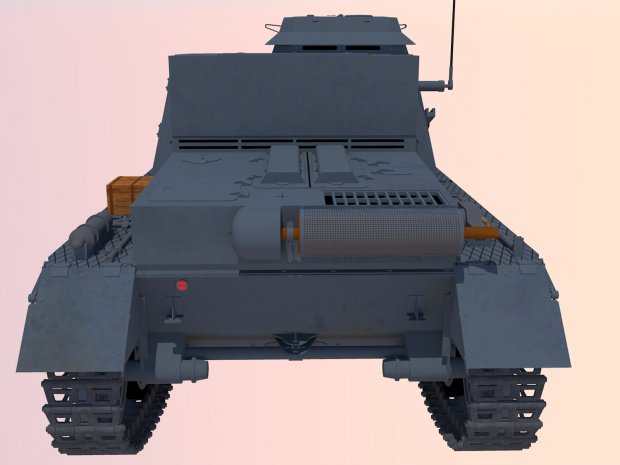
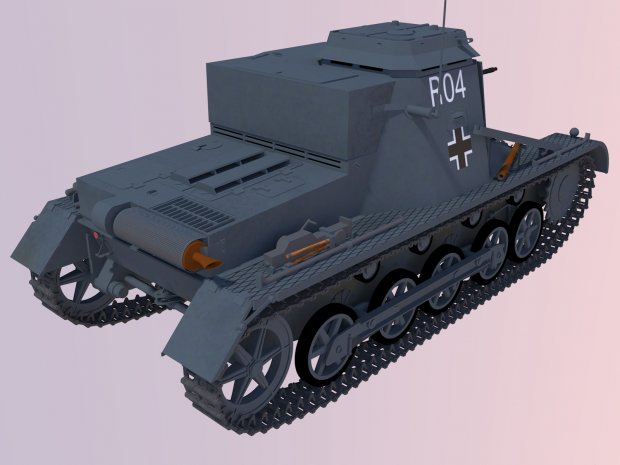
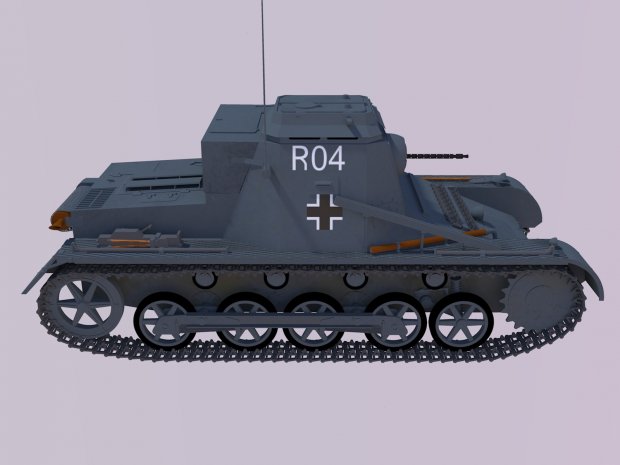
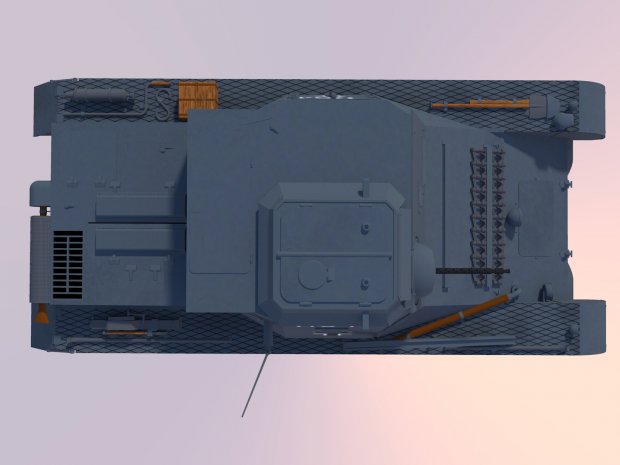
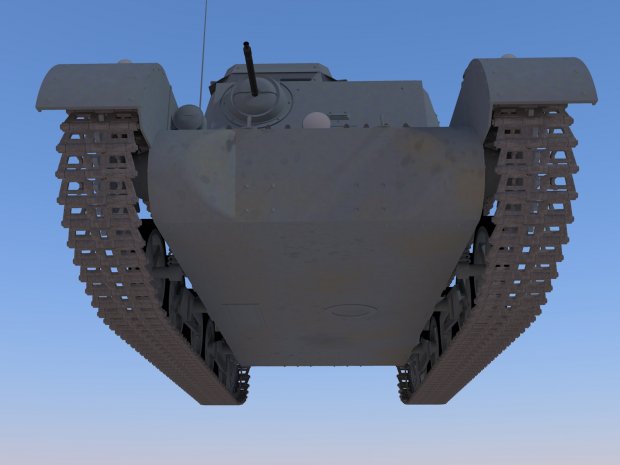
Kl PzBfWg I, Sd.Kfz. 265 command tank.2nd Panzer Division,Balkans, April 1941
The SdKfz 265 was designed to fulfil a growing need within the German Army for a command tank, following the realization that the leaders of a massive panzer formation would themselves have to travel in a tank of some type. This vehicle would have to carry extra equipment and personnel to assist the field commander in his duties.Between 1935 and 1940 the SdKfz 265 Panzerbefehlswagen was the standard command tank of the German Panzer divisions. Each Panzer division contained sixteen tank companies, grouped into four battalions, two regiments or one brigade, for a total of twenty-three headquarters. Each headquarters would be issued at least one command tank. In 1940 the SdKfz 265 was also issued to the signals and observation battalions of the Panzer artillery regiments.
The SdKfz 265 first saw combat in the Polish Campaign of September 1939. Afterwards, many were converted to Sanitatskraftwagen I (Sd.Kfz. 265) armoured ambulances which served in the French Campaign of 1940. Of the 190 produced, 96 were still in used in May 1940 at the start of the invasion of France and the Low Countries. Following a 15 mm increase in armor protection (to a total of 28 mm) that was hastily applied to the surfaces of the superstructure as a result of combat experiences in Poland, the SdKfz 265 command tank continued in use throughout the invasions of France and Holland, and in 1941 many were shipped across the Mediterranean to participate in the North African Campaign. SdKfz 265 also saw considerable action in the Balkans Campaigns of 1941 before being replaced by larger command vehicles. Though replaced at the company level, many would continue to see service at higher levels of command through 1942. Some were also used as radio control vehicles for Minenraeum-Wagen BI/BII (Sd.Kfz.300). A small number were also exported to Hungary. A few were still in service with the German Army when the war ended, though largely delegated to training roles.
Credits:
leonmetalowiec

